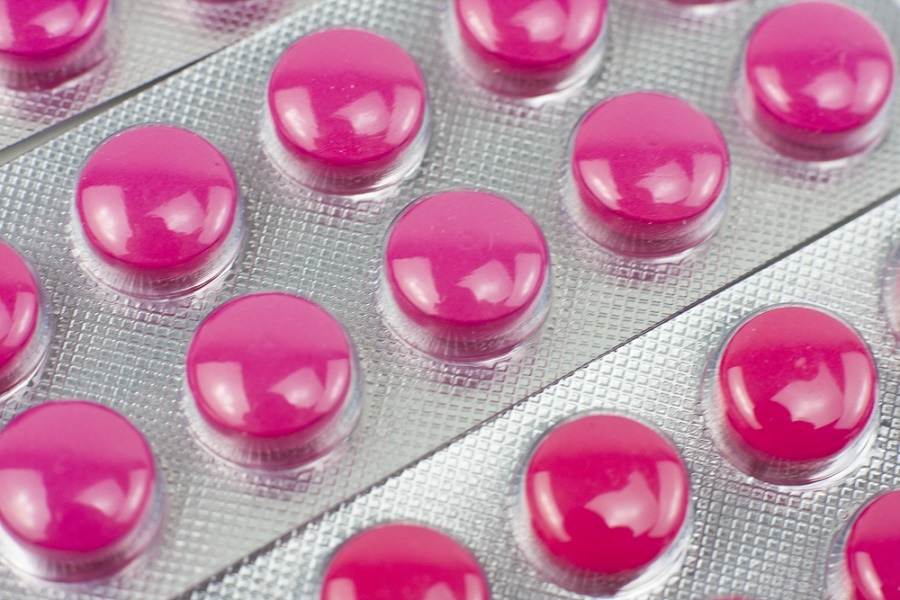Jul 28 2016
Plastic packaging may seem impenetrable, and often nearly impossible to remove, but water molecules can still pass through. This permeability to moisture can reduce the lifespan of a product.
 Image Credit: Costi losif | Shutterstock.com
Image Credit: Costi losif | Shutterstock.com
To ensure that certain products such as electronics and medicines are protected from this, scientists have designed a new packaging method that implements a single layer of graphene. In ACS Nano, researchers present a report on their material, which decreases by a million fold the amount of water that can pass through.
Packaging is everywhere, even for individual vegetables or fruits. Wrapping products ranging from electronics to food in plastic films protect them from bacteria, dust, and to some extent water.
According to Praveen C. Ramamurthy, the lifespan of a moisture-sensitive organic light-emitting diode can be maximized for more than a year if the packaging has the ability to restrict water vapor from penetrating at a rate less than 10-6 grams per square meter every day. Modern day packaging is not capable of accomplishing that goal, however Ramamurthy and colleagues wanted to find out if combining graphene to flexible polymer was sufficient.
A single layer of graphene was synthesized by using chemical vapor deposition, and the researchers also used an uncomplicated and scalable process to transfer the graphene to a polymer film. Water vapor penetrated through the material at the target rate of less than 10-6 grams per square meter per day.
An accelerated aging test demonstrated that an organic photovoltaic device enveloped in the graphene-infused film can have a lifetime of over one year, compared to 30 minutes for the same device packed in a polymer without graphene.
The authors acknowledge financial aid from the Solar Energy Research Institute for India and the United States (SERIIUS): U.S.-India Partnership to Advance Clean Energy-Research (PACE-R), which is supported by the U.S. Department of Energy and the Indian Department of Science and Technology.